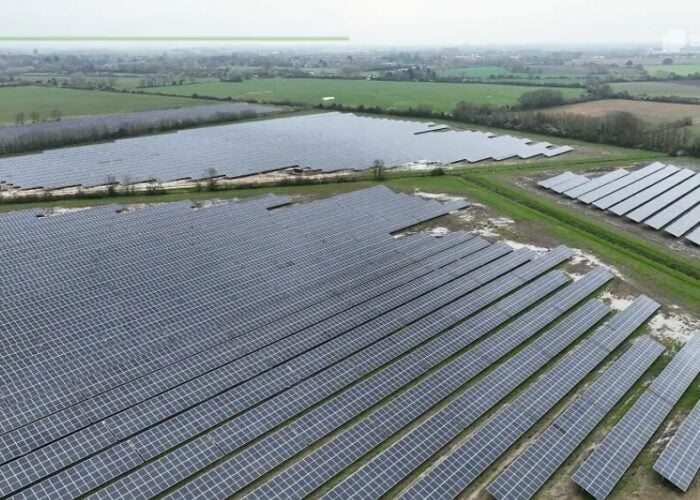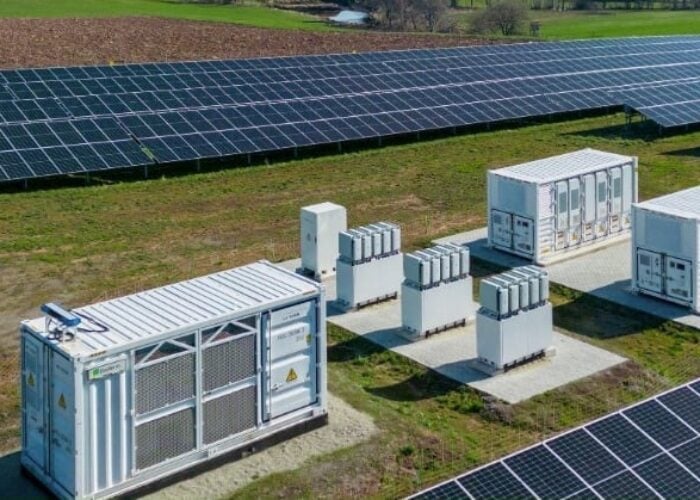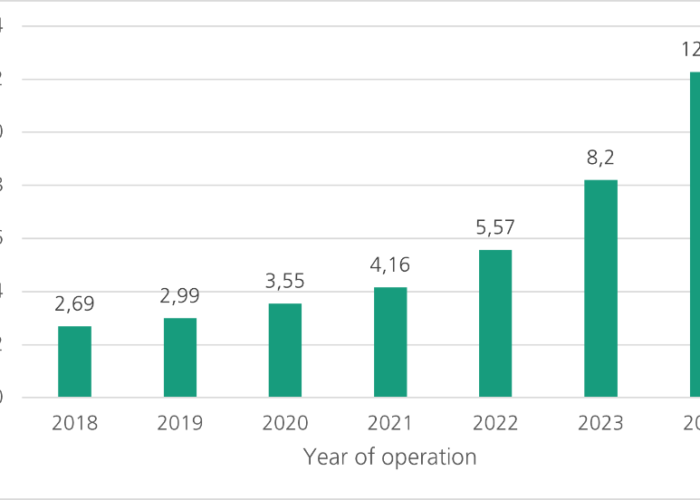Almost a year and a half ago, Japan brought its grievances against FiTs in the Canadian province of Ontario to the World Trade Organisation (WTO). The EU has now joined the fray and the WTO Dispute Settlement Body has committed itself to establishing a panel to hear the EU’s claims against the apparent discriminatory nature of Ontario's FiTs. Formal panel proceedings, however, are not expected to start before the end of March.
Though the EU had requested consultations on the matter in summer 2011, the panel request followed only last week. Sources close to the case suggest this considerable gap between the failure of consultations and the EU’s panel request might partially be explained by it hoping that the case could be resolved otherwise. A heated election process in Ontario in autumn 2011 where the FIT programme itself took centre stage, had fuelled hopes for such a scenario. With the former Liberal governmental party staying in office, however, the FiT programme has been endorsed.
Try Premium for just $1
- Full premium access for the first month at only $1
- Converts to an annual rate after 30 days unless cancelled
- Cancel anytime during the trial period
Premium Benefits
- Expert industry analysis and interviews
- Digital access to PV Tech Power journal
- Exclusive event discounts
Or get the full Premium subscription right away
Or continue reading this article for free
Passed in 2009 by the Liberal Party, Ontario’s Green Energy Act (GEA) was intended to make the province a renewable energy leader as it phased out coal and encouraged clean-tech investment whilst at the same time boosting the economy by creating jobs through domestic content requirements. The Act’s FiT program covers biomass, biogas, landfill gas, on-shore wind, solar PV and waterpower. So far, it has created 13,000 jobs and attracted CAN$20 billion in private-sector investment.
Japans grievances are not against Ontario’s FiTs, per se, but rather its domestic content level requirement. It states that renewable energy suppliers must meet a “minimum required domestic content level” in order to be eligible for the benefits of the FiT. Companies producing solar power who want to receive the price guarantees and grid access granted by the FIT, needs to ensure that 60% of the equipment used to produce that energy, including solar panels and respective services comes from Ontario.
Japan’s arguments are three-fold: firstly, the country argues that Article III.4 of the General Agreement on Tariffs and Trade (GATT) states imported goods must be accorded the same treatment as domestically produced goods. Secondly, Japan claims Ontario violates Article 2.1 of the Agreement on Trade-Related Investment Measures (TRIMs), which asserts that it is illegal to specify the proportion or value of local produce allowed to be used. Finally, Article 3.1(b) of the Subsidies and Countervailing Measures Agreement (SCM), alleges that Ontario’s FiT is only granted to power producers upon their use of a certain proportion of renewable energy equipment produced in the province rather.
However, many EU members are wary of dipping their toe too deep into these murky waters having installed similar FiT programmes themselves. The Italian Conto Energia 4 programme requires the use of at least 60% local-sourced material in order to qualify. However, less stringent domestic content level requirements within the EU can be said to be responsible for being able to keep it out of the spotlight.
Canadian policy experts continue to warn that a victory for Japan and the EU could result in evential disappointment as in this case, Canadian provinces cannot be forcced by the federal government – which is accountable to the WTO – to bring their measures into compliance.
Should a WTO panel find that the Buy-Ontario clause violates WTO law, it would not be news to the ears of trade law experts despite its case-specific impact. A ruling on the subsidy question, however, could clarify a number of outstanding issues and in that regard introduce greater legal certainty for countries that have implemented FITs or are planning to do so.






